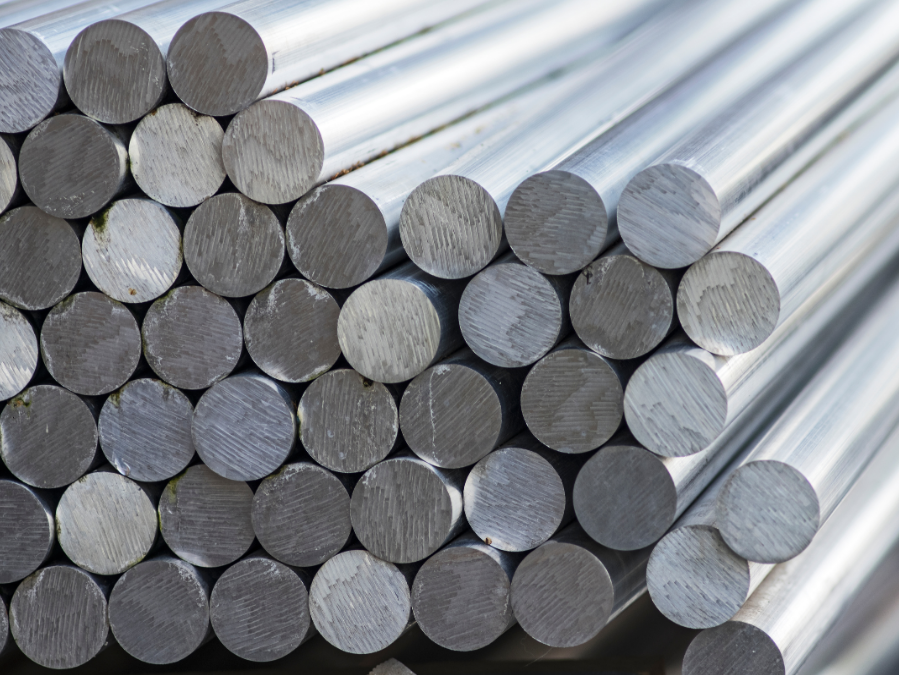Export Growth

October 20, 2025
China trade data: Pivoting away from U.S. dependency
Written by Greg Wittbecker
Hardly a week goes by without China and the U.S. exchanging barbs over trade. Meanwhile, China, being ever pragmatic, is hedging its bets on the future of its trading relationship with the U.S.
Chinese exports rose 8.3% year on year in September, hitting $328.5 billion. January-September total exports were $2.78 trillion, up 6.1% year on year, according to data from the National Bureau of Statistics of China.
September’s rate of growth was nearly double that of August, which was 4.1% year on year.
Exports to the U.S. fell 27% year on year in September, following a 33% decline in August. September’s actual exports to the U.S. were not released, but August exports were reported at $31.6 billion. That would be an annual run rate of $379.2 billion. This compares to full year 2024 exports of $525.6 billion. That would put Chinese exports to the U.S. on pace to finish 2025 down 27.8%.
The impetus behind this overall growth was exports to the European Union (+14% year on year); Southeast Asia (+15.6%); Africa (+56.4%). The U.S. now represents 11.4% of Chinese total exports, compared to 19% just two years ago.
Quality of exports matters as much as value
It’s noteworthy to consider the quality of those exports – for example, integrated circuits (+23.3% year on year); EV’s (+10.8%); and ships (+21.4%). These exports are high value, margin earners for Chinese OEMs. You can compensate for the loss of low-value, low-margin textiles with things like cell phones and integrated circuits.
Here’s a breakdown in rank order of volume and relative profitability:
- Mechanical and electrical products: Exports of this broad category grew by 9.6% year on year and accounted for 60.5% of total exports in the first three quarters.
- Integrated circuits: Exports saw strong growth through August, increasing by 23.3% year on year.
- Mobile phones
- Car exports rose 10.8% year on year through August.
- Ships saw significant growth, with a 21.4% year-on-year rise
- LCD panel modules were up 8.8% year on year through August.
- Fertilizers were up by 59.6% year on year through September.
- Textiles and apparel
- Agricultural products
It would not be fair to say that China does not miss the U.S. market, as they did have exports of high value. Here are 2024 exports:
- Electrical machinery, equipment, and parts: $125.98 billion
- Machinery, nuclear reactors, boilers: $92.53 billion
- Furniture, lighting signs, prefabricated buildings: $31.65 billion
- Toys, games, sports equipment: $26.91 billion
- Apparel, not knit or crocheted: $67.76 billion
- Footwear, gaiters, and the like: $50.98 billion
- Vehicles other than railway, tramway: $17.99 billion
- Articles of iron or steel: $13.17 billion
We have not seen detailed export details by category for September. August exports showed computers ($1.49 billion), mobile phones ($1.38 billlon) and machinery ($1.23 billion) continued to be strong. The suspicion is that U.S. imports have been unable to replace the Chinese supply chain elsewhere.
Nevertheless, China is moving on. Ever since it launched its One Belt One Road campaign in 2013, China has been relentless in building markets overseas. Part of this was building efficient supply chains to support exports. This included railroad service through inland ports in Western China. Recently, China launched container shipments across the Russian Arctic from Chinese ports to Felixstowe, UK. This reduced transit times from 40-50 days to 20 days. This lowers logistics costs and makes Chinese goods more competitive into the European market.
Why this matters
There is a storyline that China needs the U.S. more than we need them. The current back and forth on Chinese rare earth export controls and China’s total embargo on imports of U.S. soybeans says that may not be true. Mr. Xi seems to understand the pressure points.
Threats of 100% duties toward China likely inspires China to work that much harder at reducing its dependency on the U.S. market.
The data says China has done well in replacing the U.S. for much of its higher-value exports and may be prepared to sacrifice its low-value exports as part of its long game. One suspects Mr. Xi would much rather export EVs and electronics than Christmas décor and toys to the American consumer.







